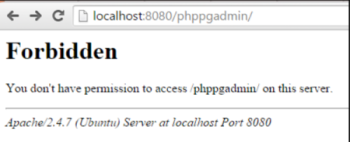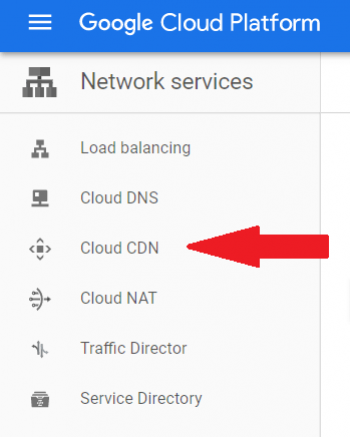Enable Firewall On AlmaLinux - How to implement this ?
This article covers how to enable Firewall On AlmaLinux. Basically, we can allow certain ports through the firewall, which lets incoming connections reach our services.
To open the port for HTTP to the public zone, run the command:
# firewall-cmd --zone=public --add-service=http --permanent
To Allow DNS through firewall, run the command:
# firewall-cmd --zone=public --add-service=dns --permanent
Allow PostgreSQL through firewall, run the command:
# firewall-cmd --zone=public --add-service=postgresql --permanent
Allow telnet through firewall, run the command:
# firewall-cmd --zone=public --add-service=telnet --permanent
"403 forbidden" error in phppgadmin - Fix it Now ?
This article covers methods to tackle "403 forbidden" error messages in phpPgAdmin. Basically, the "Forbidden" error happens while accessing phpPgAdmin when permissions in the phpPgAdmin configuration file are not intact.
To resolve 403 forbidden error, In the Apache configuration, simply replace:
<Directory /usr/share/phppgadmin>
DirectoryIndex index.php
Order deny,allow
Allow from all
</Directory>
With:
<Directory /usr/share/phppgadmin>
Require all granted
</Directory>
Add Windows Disk Usage Checks In Nagios
This article covers how to monitor additional drives on a Windows client. To install Nagios monitoring agent, NSClient++, on a target Microsoft Windows desktop or server for the purposes of monitoring that machine with Nagios XI. This allows organizations to monitor vital metrics and ensure that a specific Windows desktop machine or server is functioning properly.
To access CCM:
- When hovering the Configure button in the top menu bar you can select Core Config Manager.
- On the Configure tab you can select Core Config Manager from the left pane or from the main screen.
Migrate WordPress to Google Cloud - How to do it ?
This article covers how to Migrate WordPress to Google Cloud. If you have a WordPress website, and want to move it on google cloud platform, then WordPress migration is the way of achieving it. You can move your WordPress manually or by using a free or paid WordPress plugin.
To migrate WordPress to google cloud you have to follow those basic steps below:
- Compress (Zip) your WordPress files folders.
- Create a copy of your MySQL database.
- Upload WordPress .zip file and MySQL .sql file to google cloud server.
- Point your DNS to google cloud.
To migrate WordPress to Google cloud you have to export an exact copy of your database to google cloud.
There are multiple ways to do that:
- Export database using myPhpAdmin.
- Export database using a free WordPress Plugin.
- Export database using terminal (command line).
Reserve Google Cloud Static IP Address - How to do it ?
This article covers how to reserve static IP for our customers. In Compute Engine, each VM instance can have multiple network interfaces. Each interface can have both internal and external IP addresses. Forwarding rules can have external IP addresses for external load balancing or internal addresses for internal load balancing.
If a virtual machine (VM) instance requires a fixed external IP address that does not change, you can obtain a static external IP address for that instance by using one of the following options:
- Reserve a new static external IP address and then assign the address to a new VM instance.
- Promote an existing ephemeral external IP address to become a static external IP address.
Setup CloudFlare CDN for WordPress on Google Cloud
This article covers how to setup Cloudflare CDN for WordPress on Google Cloud. Google Cloud CDN (Content Delivery Network) uses Google's globally distributed edge caches to cache HTTP(S) Load Balanced content close to your website visitors or users. Basically, Google Cloud CDN leverages Google's globally distributed edge points of presence to accelerate content delivery for websites and applications served out of Google Compute Engine and Google Cloud Storage. Cloud CDN lowers network latency, offloads origins, and reduces serving costs.
How to Activate Google Cloud CDN on Google Cloud Platform ?
- Login to Google Cloud platform (GCP).
- Under Network services select Cloud CDN.
- Click on Add origin.
- Next, just select the load balancer from origin drop-down and click add.
- At this point you will see the new CDN created.













